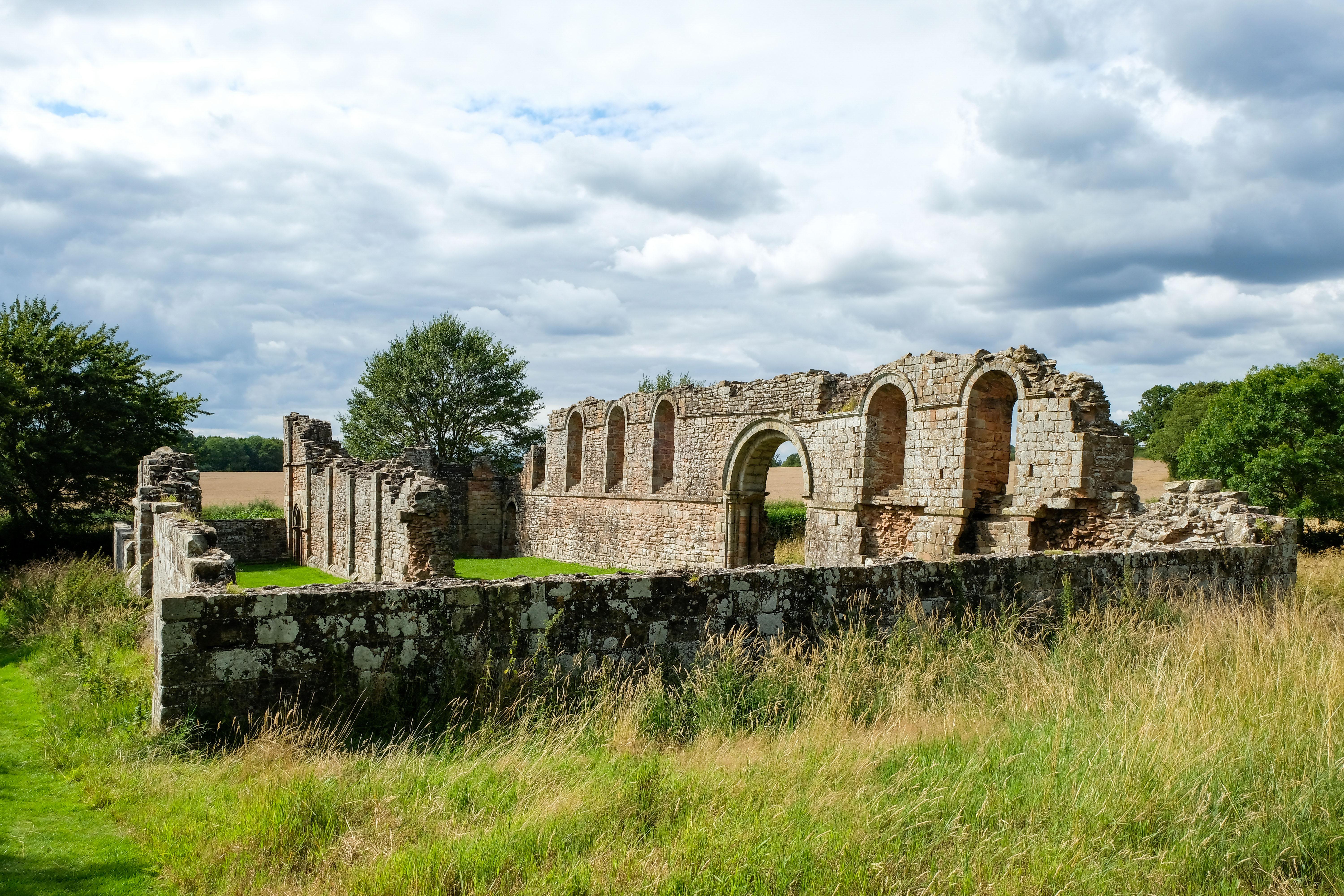St Bartholomew
Tong, Shropshire
St Bartholomew's church is a 600 year old treasure house of alabaster tombs, medieval carving, history and scandal, often described as ‘The Westminster Abbey of the Midlands’.

Ruins of the late 12th century church of a small nunnery of'white ladies' or Augustinian canonesses.
Boscobel, Shropshire
The priory enjoyed a moment of high drama in 1651 when it briefly became the hiding place of Charles II after his defeat at the Battle of Worcester. Disguised as a woodsman with his face covered in soot, he soon moved to nearby Boscobel House.
The first reference to the Priory of St Leonard, now known as White Ladies Priory, is a grant of land dated 1186. The architectural evidence also suggests a late 12th century foundation date.
The romantically named ‘white ladies’ of this priory were medieval nuns, Augustinian canonesses, who, as their name suggests, wore habits of undyed cloth. Most of the major religious orders founded convents for women, who followed a similar rule to that of their male counterparts. The first reference to the Priory of St Leonard, now known as White Ladies Priory, is a grant of land dated 1186. The architectural evidence also suggests a late 12th century foundation date.
Unusually for a monastic site, the buildings seem to have been little altered throughout their 350 year history. White Ladies was never a large or rich house, and in 1535 there were just six nuns left, with an annual income of £17. The following year, it was one of the first religious houses to be suppressed, though four nuns apparently remained until 1538.
After the suppression of the monasteries most of the convent buildings were taken down, though parts of the church remained. The site passed through various owners, notably the Skevington family. They built a large timber-framed house here, though this was demolished in the 18th century.
A brief moment of high drama came in 1651 when, following his defeat at the Battle of Worcester, the future Charles II hid here, disguised as a woodsman with his face darkened with soot. By then, both the priory and nearby Boscobel House were owned by the Giffords, a Roman Catholic family, and the church precinct was used for Catholic burials until 1844.
Tong, Shropshire
St Bartholomew's church is a 600 year old treasure house of alabaster tombs, medieval carving, history and scandal, often described as ‘The Westminster Abbey of the Midlands’.
Albrighton, Shropshire
The church was completed around 1181, with some rebuilding work was done in 1853.
Blymhill, Staffordshire
We are a beautiful rural church in Staffordshire close to the Shropshire border.